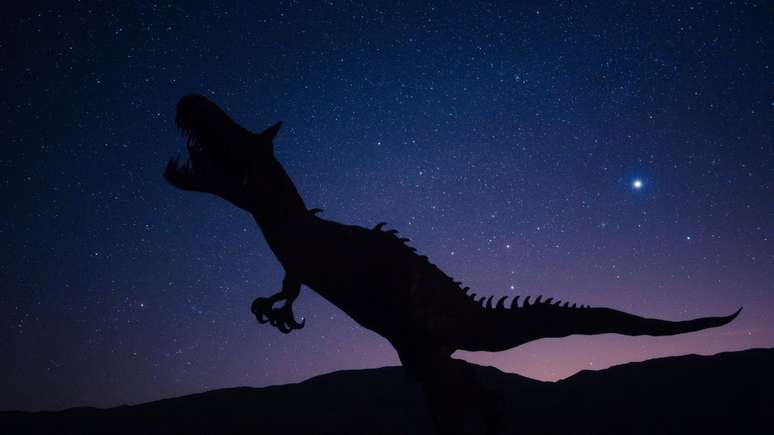Planet Earth, in its 4.5 billion years of existence, has already experienced at least five major mass extinctions. Do we live in the sixth?
Planet Earth, in its 4.5 billion years of existence, has already experienced at least five major mass extinctions. These moments are so called when a large number of living things cease to exist. According to the paleontologist’s report Mario Cozzuol, from the Institute of Biological Sciences of the Federal University of Minas Gerais (UFMG), these events occurred homogeneously in all parts of the world.
“We are talking about events on a global scale, with a large extent, in relatively close geological time”the paleontologist said in an interview with Folha de SP.
The most famous of these events occurred 66 million years ago, when an asteroid collided with Earth and wiped out the dinosaurs and many other species. It is the most recent, however, scientists say it will not be the last.
Are we experiencing the sixth mass extinction?
Many researchers believe that yes, we are in the midst of a sixth mass extinction. It is not caused by a giant rock hitting planet Earth, but by the excessive growth and destructive behavior of humans.
A study published in PNAS journal suggested that groups of related animal species are disappearing at a rate 35% greater than expected. According to the study co-author, Gerardo Ceballos, The sixth mass extinction could transform the entire biosphere, leaving the planet in a state that makes human existence impossible.
“Biodiversity will recover, but the winners (are) very difficult to predict. Many of the losers in these past mass extinctions were incredibly successful groups,” Ceballos told CNN.
He explains that entire categories of species or genera are disappearing and this affects entire ecosystems and endangers the survival of the human species. The Yangtze River dolphin and the western black rhino are some examples of species that have been decimated due to human action on the planet.
The study evaluated 5,400 genera of vertebrate animals, excluding fish, and found that 73 genera have gone extinct in the past 500 years. This is much faster than the extinction rate at which species would naturally go extinct without external influences.
“In the absence of man, these 73 genera would have taken 18 thousand years to disappear”, scholars say. The loss of one species causes a ripple effect throughout the ecosystem. This explains the emergence of numerous diseases that could lead to mass extinction.
Ceballos cites as an example the extinction of the passenger pigeon, which was the only species of its genus. The bird’s disappearance, a consequence of reckless hunting in the 19th century, reduced the human diet in eastern North America and allowed white-footed mice, which harbored countless bacteria and were among their prey, to grow in frightening numbers.
“Not only do the destructive actions of humans have the potential to erode our long-term quality of life, but their cascading effects could eventually damage our success as a species,” says Ceballos.
Many predictions about how climate change will affect species are based on how individuals behave in warmer parts of the species’ range. But a study of ponderosa pine growth since 1980 suggests that space is not a good indicator of time. In the PNAS: https://t.co/AgXiR3Z3Ac pic.twitter.com/J1DVGddkPs
— PNASNews (@PNASNews) December 22, 2023
Source: Terra
Rose James is a Gossipify movie and series reviewer known for her in-depth analysis and unique perspective on the latest releases. With a background in film studies, she provides engaging and informative reviews, and keeps readers up to date with industry trends and emerging talents.






